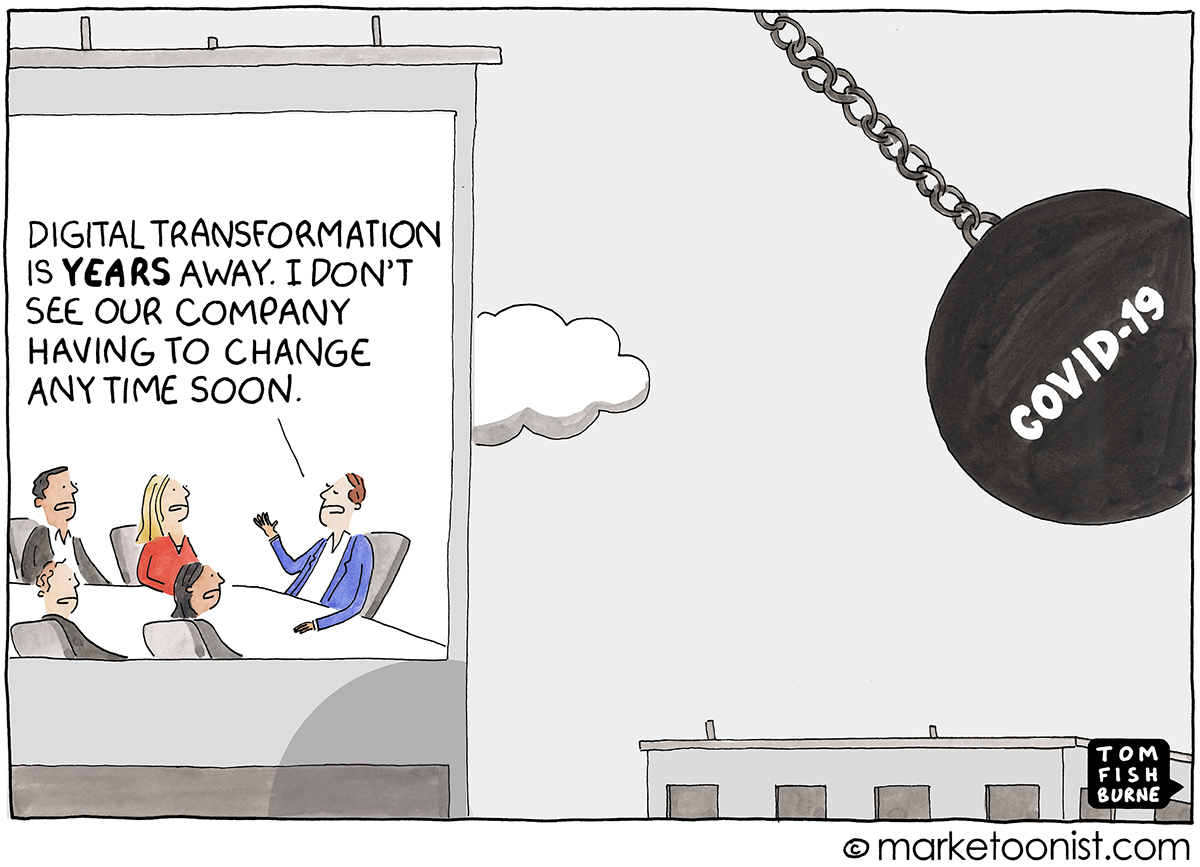What are the top AI software development tools?
How are artificial intelligence (AI) software development tools reshaping the technology sector? What does this mean for developers and companies alike? Are we ready to leverage these tools to build innovative AI solutions? These questions highlight the crucial role AI tools play in the contemporary world of software development, sparking a need for a comprehensive understanding of these tools.
Despite the breathtaking advances in AI technology, a significant problem persists. According to leading technology firms McKinsey and Accenture, there exists a serious gap in the comprehension and effective utilization of AI software development tools. McKinsey’s report highlights that only a small fraction of firms harness AI at scale or in a core part of their businesses. Accenture’s study also underlines the fact that many organizations fall into the ‘implementation trap,’ where they rush to adopt AI without an effective strategy or understanding of the tools at their disposal. A solution is urgently needed to enable developers and businesses to navigate the complex landscape of AI tools effectively.
In this article, you will learn about the outstanding AI software development tools that are transforming the tech industry. We delve into a detailed analysis of each tool, highlighting their features, pros, cons, and best use cases.
Further, we shed light on how each of these tools can close the knowledge and implementation gap identified by McKinsey and Accenture. We also provide insights on how to choose the right tool for your specific AI project needs. Our aim is to empower you with the necessary knowledge to navigate the AI software development landscape confidently.

Definitions and Meanings of Top AI Software Development Tools
AI Software Development Tools are applications or programs that developers use to build, test, and implement artificial intelligence (AI) for numerous applications. They can aid in automation and analytical tasks, making processes easier and more efficient. Simplified, AI is the ability for a machine or software to mimic human intelligence. Tools like TensorFlow, OpenAI, Pytorch, and RapidMiner are some of the top tools in this field. They help in creating AI models, testing their efficiency, enhancing their learning process, and integrating them into actual applications.
Unleashing the Giants: Mastering AI Software Development Tools
Elevating software development with advanced AI tools
In this technologically driven world, AI software development tools have emerged as the frontrunners of digital transformation, tailored to meet evolving user expectations. Harnessing these tools’ rich features and capabilities can elevate a developer’s productivity, efficiency, and overall software quality.
Top names that have revolutionized the AI software development landscape include TensorFlow, Microsoft Azure, IBM Watson, Google Cloud AI, and Amazon AWS. These tools provide a suitable platform for diverse AI applications, assisting developers in training and running sophisticated AI models.
Riding high on machine learning and deep learning algorithms, TensorFlow, a product of Google Brain Team, offers libraries and resources deployed to foster machine learning solutions. Similarly, Microsoft Azure exemplifies an excellent platform for machine learning algorithms, big data, and analytics.
IBM Watson and Google Cloud AI manifest a selection of pre-trained AI services such as video analytics, speech-to-text translation, text-to-speech conversion, and natural language understanding. These features empower developers to create applications that comprehend, reason, and learn.
Amazon AWS (Amazon Web Services) complements the AI software development process by offering tools for high-quality machine learning services. It supports developers in creating, training, and deploying machine learning models faster.
Why choose superior AI software development tools?
Given a choice, developers should opt for superior AI software development tools because they come loaded with advanced features and benefits. Whether you’re just starting out or an experienced developer, choosing these top-rated tools can streamline your efforts and help you deliver out-of-box software solutions.
- Superior AI tools ensure faster, more efficient software development with their user-friendly interface and libraries.
- These tools provide a robust platform that supports various AI applications, thereby offering versatility.
- Leading tools offer better security ensuring the data used for AI models is well protected.
- These tools can significantly enhance productivity by automating repetitive tasks and reducing human error.
In summary, the decision to use the best AI software development tools is not only a strategic move for optimized software production but also a long-term investment in ensuring security, productivity, and versatility in your software development process. Despite the upfront learning curve, these tools serve as key enablers in the successful execution of complex AI projects.
Transforming Concepts into Programs: Harnessing the Power of AI Software Development Tools
Tackling the Complexities of AI Development
Ever pondered the difficulties frequently encountered in AI software development? The key challenge is its complexity. Artificial intelligence, by default, involves dealing with a vast amount of data and advanced algorithms; these come with intricate layers of details that must be handled efficiently to avoid mistakes. Furthermore, the diverse sectors that AI is applied in, such as e-commerce, healthcare, or automotive, require it to be highly adaptable and exceptionally customizable. It’s one thing to write an algorithm that sorts a list or calculates the average of a series of numbers. It’s exponentially harder to create an algorithm that learns from its environment, changes based on what it learns, and makes decisions, like an AI does. The dynamic nature of AI demands more power-packed, high performing, and intuitive development tools than traditional software.
A Robust Palette of Tools
So, how does the tech world counter this? The answer lies in AI development tools; these are technological frameworks specifically designed to accommodate the needs of AI development. Be it data annotation, predictive modeling, processing power, machine learning, or robotics; these tools can help developers navigate through the complexities of AI. They take over tedious tasks such as writing boilerplate code, track bugs, identify issues and generally make life easier for developers. Tools like TensorFlow, offered by Google, contain libraries and resources that aid in building and deploying AI models. PyTorch, developed by Facebook’s AI research group, offers a well-documented, developer-friendly interface for building deep learning models.
Impressive Examples in the Field
The potency and significance of these AI software development tools become evident when we look at successful applications. Google’s language translation or image identification, Netflix’s content recommendation, Tesla’s autopilot system- all these groundbreaking implementations were made possible by leveraging precisely these tools. Python, for instance, with its vast selection of libraries and frameworks- including Numpy for high-level mathematical functions, Scipy for advanced computations, and Matploitlib for data visualisation- has been the building block of many. IBM’s Watson, responsible for assisting in data analysis and making informed business decisions, is built on a host of tools; some of them include Node.js for writing server-side applications, and Debian for a free operating system.
All these instances demonstrate how AI tools are instrumental in creating sophisticated, intelligent systems, pushing the boundaries of what technology can do.
An Insider’s Look into the Future: Unravelling the Mysteries of AI Software Development Tools
Is Artificial Intelligence Unleashing Its Full Potential Yet?
The advent of Artificial Intelligence (AI) has laid the foundation for a digital transformation across various sectors. However, the real question arises, are we utilizing AI to its full potential yet? One of the many challenges developers face is harnessing AI’s robust capabilities to create innovative solutions for complex problems. It is here that AI software development tools come into play.
AI software development tools are like picks and shovels for the modern-day gold rush in AI technology. They help developers to design, build, and deploy AI applications effectively, thereby integrating AI capabilities into existing systems. Popular tools such as TensorFlow, Bonsai, and Keras make the journey smoother for these developers by providing comprehensive libraries and APIs supporting deep learning, machine learning, among others. These tools enable both beginners and experts to experiment and innovate in the field of AI.
Pivoting Towards a Solution for Complexities
However, there is a fundamental issue involving the utilization of these AI software development tools. Despite the burgeoning growth in AI, developers often encounter complexities while integrating AI capabilities into systems. The AI software development tools are often challenging to understand for beginners, leading to hurdles in designing and developing AI-powered applications. Besides, they also face difficulties in testing, evaluating, and iterating their AI models.
To overcome these challenges, more user-friendly AI tools are emerging in the market. For instance, Google’s AutoML makes it easier for developers to build machine learning models even without expertise in machine learning. In contrast, IBM Watson allows the easy integration, building, and training of AI models that can analyze images, text, and produce scalable, AI-powered applications.
Championing the Best Practices in AI Development Tools
Given these hindrances, it is crucial to illustrate some best practices when using AI software development tools. An effective approach is to start by defining the goal of the AI application. Following this, selecting the most appropriate tool based on the complexity and requirements of the application is imperative. For example, Microsoft’s Azure comes with several services that can help develop varying AI applications.
Another practice involves regular testing and validating of AI models, which many tools facilitate. For instance, DataRobot provides an environment for developing, validating, and deploying production-ready machine learning models quickly. Finally, using open-source tools can also offer flexibility and customization when integrating AI functions into a system. Tools like TensorFlow and PyTorch maintain a large and active community, providing a wealth of resources and shared knowledge to benefit developers.
In conclusion, the use of AI software development tools not only augments the AI application development process but also addresses the inherent challenges in integrating AI functions into systems. It is, therefore, important to understand these tools and follow best practices to achieve the maximum potential out of AI technology.
Conclusion
With our continuous exploration of AI software development tools, we are obliged to ponder; Have we truly unlocked the full potential of artificial intelligence, or are we still on the brink of greater discoveries? There is a plethora of AI software development tools available today and each brings unique features to the table. Despite this, one question still lingers in the back of our minds; are we utilizing these resources to the fullest? Or perhaps the question we should be asking is, are these tools driving us toward the AI-infused future we’ve envisioned?
We appreciate your support in exploring this intriguing field with us. Each glance, each like, and each subscription to our blog helps us dig just a bit deeper, to keep bringing you insights into AI software development. It’s our readers that drive the conversation forward, enabling ongoing exploration and continual learning. We assure you, this is only the beginning. As we unveil the intricacies of AI tools, future blog posts promise to bring new perspectives, interpreting these tools in a fresh light and revealing greater potentials.
So carry on with your inquisitiveness, keep tracking our updates and together, we’ll break new ground in the terrain of AI software development tools. While we don’t want to reveal too much, let’s just say you won’t want to miss our upcoming posts. The coming releases are brimming with enlightening analysis, inspiring discussions and empowering insights, all focused on our shared fascination with AI software development. Stay tuned and let’s continue demystifying the dynamic realm of AI together.
F.A.Q.
1. What are some of the leading artificial intelligence software development tools?
There are several top AI software development tools currently available including TensorFlow, PyTorch, Scikit-Learn and many others. These tools offer a variety of features that facilitate machine learning, deep learning, and general AI development.
2. What makes TensorFlow one of the top AI software development tools?
TensorFlow, an open-source software library created by Google Brain, is often highlighted due to its comprehensive and flexible ecosystem. It supports numerous tools for constructing and training machine learning algorithms and also offers robust support for creating complex computational architectures.
3. How does PyTorch stand out as an AI software development tool?
PyTorch is another prominent AI software development tool which is known for its simplicity and ease of use, especially in the prototyping stage of development. It provides advanced features for neural network training and is highly preferred for research-oriented projects.
4. Why is Scikit-Learn considered a top-notch AI software development tool?
Scikit-Learn, a Python library, gains its reputation for its efficiency and user-friendly interface. Besides offering a variety of regression, classification, and clustering algorithms, it is also compatible with numerous other Python scientific libraries.
5. Are there other notable AI software development tools apart from TensorFlow, PyTorch and Scikit-Learn?
Yes, there are numerous other powerful AI software development tools such as Keras, Pandas, NumPy, and MATLAB among others. Each offers unique features and capabilities, and the choice often depends on the specific requirements of a project.





/filters:no_upscale()/articles/ebpf-cloud-native-platforms/en/resources/3image-2-1680626279980.jpg)




